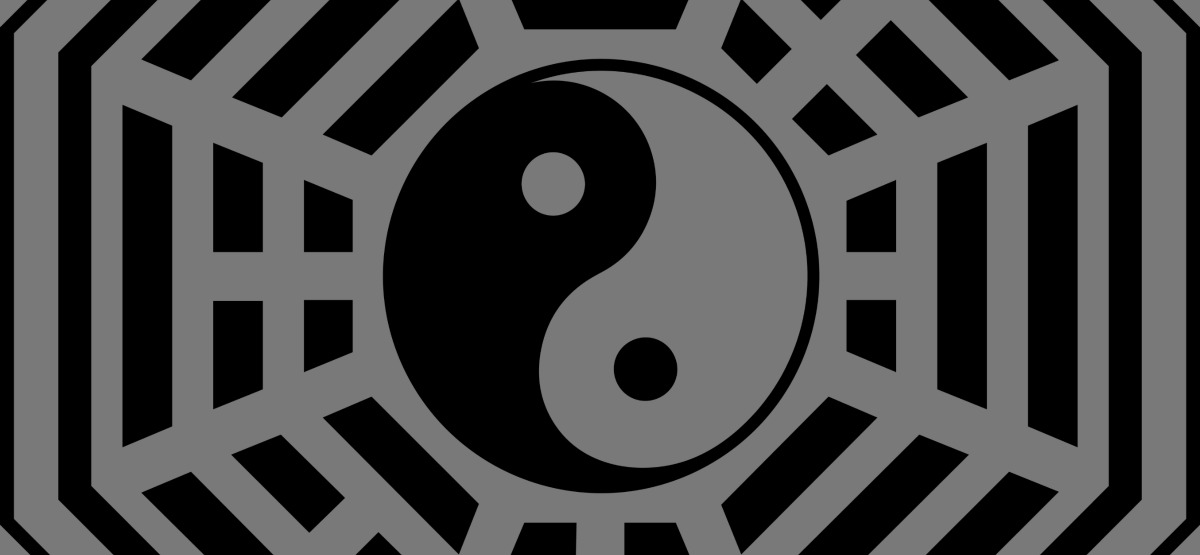The ancient Chinese practice of Feng Shui focuses on creating positive energy through the proper arrangement of belongings in the home. Home decorators who have any training in Feng Shui understand how the placement of furniture can affect a client’s lifestyle and overall mood.
But this ancient practice can go horribly wrong (and quickly, too), so we’ve put together a list of 6 Feng Shui disasters that will make you cringe. Keep them in mind during the design planning process and know what to avoid, so you can give your clients a harmonious living space!
1. Hanging large art above beds or couches
This isn’t a safe practice in general, but in the world of Feng Shui, it is an absolute disaster! Harmony, balance, and comfort are all feelings that home decorators try to promote in the home with Feng Shui, so having large pieces of art hanging over chairs, beds, and sofas is a major faux-pas. Art and design should be intertwined in every space, but artwork needs to be placed on walls that have either a table or shelf underneath, instead of a sitting area.
2. Direct alignment of front door and back door
As the whole idea behind Feng Shui is to promote good energy, this mistake is especially cringe-worthy! The front door of your client’s home is an extremely important feature of their overall home interior – good energy flows through the front door and has a huge influence on its inhabitants. When taking Feng Shui room design into consideration as a decorator, it is vital to ensure that the front door and back door are not directly aligned.

Why is this so important?
Well, the good energy that flows through the front door will not stay in the home if the back door is easily accessible! It will come into the home and then quickly escape out the back door, destroying the entire Feng Shui atmosphere within seconds. Home decorators certainly don’t want this to happen, as Chi (energy) needs to keep flowing into the space. Do your best to make sure that the front door and back door don’t face each other!
3. Placing a bed under the window
Everyone knows the importance of a good night’s sleep. It refreshes, relaxes, and energizes us for the following day, so our bodies need to be supported and protected in our beds. When it comes to Feng Shui in the bedroom, the golden rule is to not place the bed underneath a window. Just don’t do it!
While it may seem like the best design choice in terms of furniture placement (perhaps the room looks larger with the bed under the window, or less cluttered), don’t fall for the illusion.
The reason why a bed should never be placed under a window is because it weakens our energy. Without a solid wall behind the bed (or at the very least, a strong headboard), energy has no support or protection. As a result, you’ll wake up feeling weak and exhausted for the day ahead, which will negatively affect your lifestyle!
4. A dark, cluttered entrance
When it comes to home design plans, the entrance is one of the most important areas. Think of it as the first impression that the home provides not just to its inhabitants, but also to any guests that come to visit – it should be bright, cheerful, and very clear.

Coming home and scrambling in the dark for a light switch is terrible Feng Shui. Similarly, the few steps that lead into the home are important as well; there should be no obstacles to enter the front door like tree branches, chairs, or dark spaces. This atmosphere creates an extremely negative, scary feeling that is not conducive to happy, positive energy.
Avoid this Feng Shui disaster by adding as much light and color as possible to a home’s entrance, and keeping it tidy.
5. Ignoring the Bagua Map
Not only is the Bagua map one of the main tools used in Feng Shui to understand the energy in a space, it also allows changes to be made gradually. Applying Feng Shui to home design plans is an excellent way to draw positive energy into the home to alter your mood and lifestyle. You should absolutely be using this ancient practice as much as possible!
However, it’s tempting to make all the changes at once (after all, who doesn’t want all that positive energy to start coming through right away?). But this can end in disaster. Putting too many Feng Shui solutions in place at one time can create more clutter and disorganization, so you want to let energy flow slowly.
The Feng Shui Bagua map is an amazing way to do so! Placed on top of a floor plan, the Bagua map is an eight-sided, directional diagram that will help determine which areas of your life need the most focus, and you’ll be able to get to work on making specific, yet small, changes.

6. Keeping dead plants and flowers around
We’re sure that you won’t want to keep wilted or dried-up flowers and plants in your home, but we all get busy and become forgetful! This is a serious Feng Shui no-no! With such a focus on bringing positive energy into the home, why keep anything that has died? And who wants to look at a horribly sad floral arrangement?
Avoid this Feng Shui disaster by maintaining your plants – set a reminder in your phone if need be. Keep them watered and trimmed, and toss those dead flowers the moment they’re past the point of saving.
If you want to be happy in your home, you need to surround yourself with happy items and objects, and this includes lively plants, flowers, and decorative elements!
